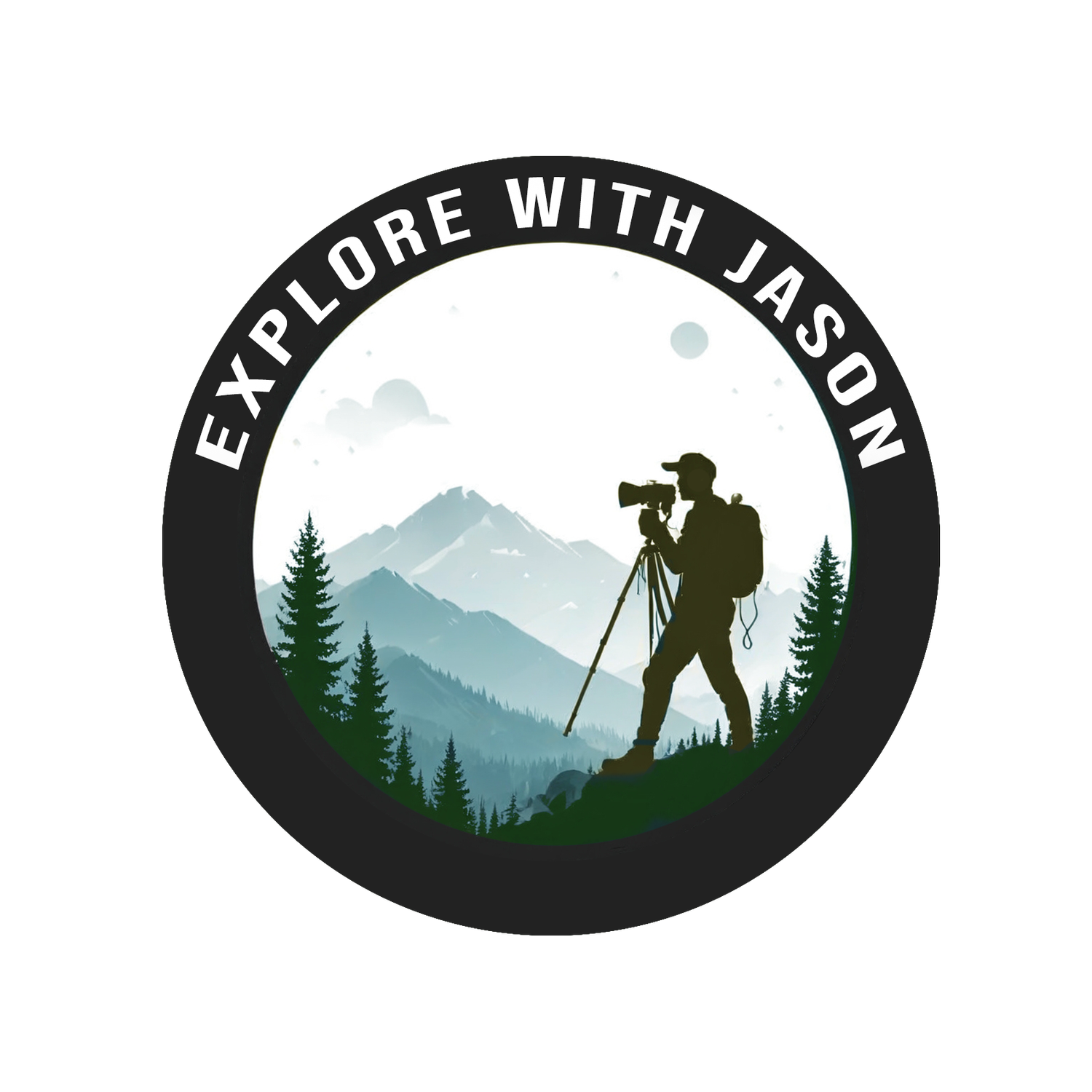Wildlife Scouting in Greer, Arizona | Elk, Eagles & Osprey in the White Mountains
There’s a certain kind of magic to waking up in the White Mountains of Arizona. The air is crisp, the grass still carries the night’s dew, and if you’re lucky, the landscape itself stirs to life with the movement of elk herds and the sweep of raptor wings overhead. On this trip, I set out to scout Greer, Arizona for wildlife photography opportunities—knowing the day would be more about observation and planning than perfect shots, but still hoping for a few surprises along the way.
Dawn in the High Country
At 8,300 feet, Greer greets you with cool air and open vistas. My morning began at the base of Antelope Mountain, a cinder cone in the Springerville Volcanic Field. From its ridges, I scanned the grasslands for elk. Sure enough, just below the slope, a herd moved quietly. Photographing elk at this time requires patience and restraint: keep your distance, watch their movement, and be mindful of shutter speed in the challenging low light.
Eagles, Osprey, and a Heron
Wildlife scouting days always reward persistence. At the reservoirs outside Greer, a bald eagle appeared over a lake. Later, an osprey swept low across the water, talons extended, ready to dive. These encounters remind me why I always keep high-shutter settings dialed in, even when I expect a quiet morning. Birds in flight wait for no one.
Equally memorable was the peaceful presence of a great blue heron. Unlike the fleeting passes of raptors, the heron’s stillness invited reflection photography—waiting for the water to flatten and catching the symmetry of sky, bird, and rippling surface.
Fieldcraft Lessons
This trip wasn’t just about finding animals; it was about practicing fieldcraft.
Reading behavior—whether it’s elk shifting at the tree line or an osprey circling—meant I could anticipate rather than react.
Exposure checks every few minutes gave me flexibility as light shifted from overcast gray to sunlit highlights.
Leaving gates as found and respecting distance reinforced the responsibility we carry as photographers in shared landscapes.
Why Scout Days Matter
The best wildlife photographs are rarely accidents. They’re the product of time invested in places like Greer: marking encounter zones, studying herds, watching waterfowl, and noting where light falls at different hours. On future trips, I’ll return with a blind, prepared for closer, sharper images. But for now, this scout was about mapping possibilities—and enjoying a cabin breakfast with Teddy before heading back out for the evening light.
Final Thoughts
Greer, Arizona and the surrounding White Mountains are a gift to wildlife photographers. From the drama of raptors hunting to the quiet dignity of elk crossing timberlines, the region rewards those willing to wake early, stay late, and respect the rhythms of nature.
If you love wildlife photography, landscapes, or simply the joy of being in the field with a camera, Greer deserves a place on your scouting list.
★ For more backcountry photo tips and Arizona wildlife shoots, visit ExploreWithJason.com.
★ Bonus content and behind-the-scenes moments are on Patreon.com/EWJ.

